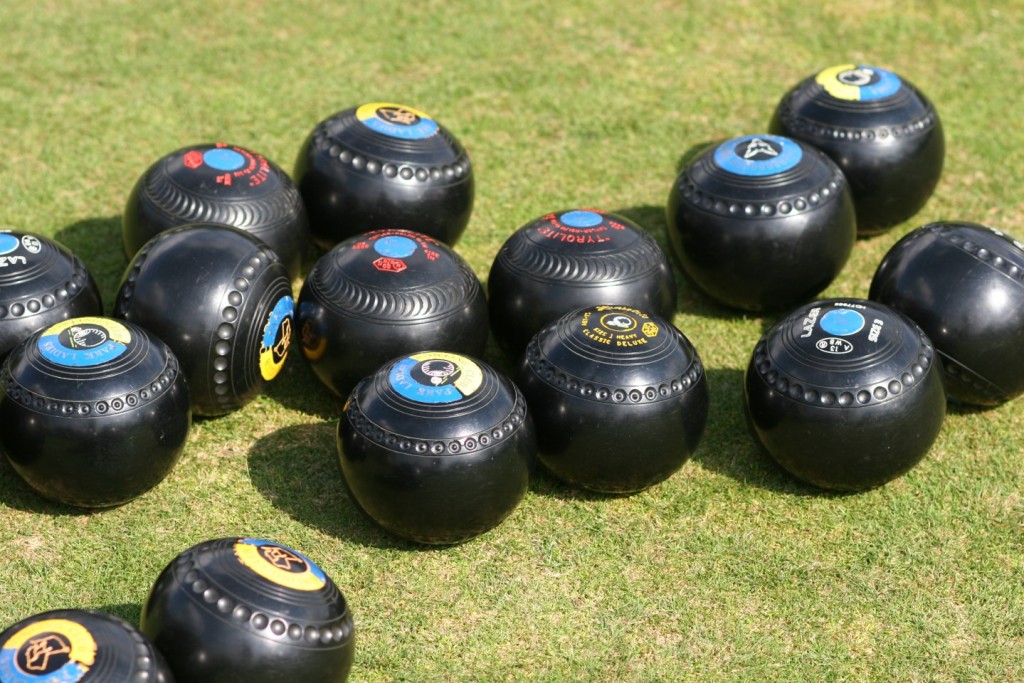There aren’t many new bowling greens being built these days but of those that are appearing the initial euphoric rush of the members is somewhat dampened when things seem to immediately start going wrong with their shiny new green.
One of the most common occurrences is that the green sinks, causing bumps and kinks on the surface. I’ve witnessed this first hand, usually after drawing up a specification for the construction of the green and then returning to find that the project architect (bowling green construction is quite often just a part of a bigger project involving buildings etc) and/or contractor has “interpreted” or worse “adapted” the construction specification, has adapted the construction program (sequence), has adopted non-approved methods, or has used “alternative” materials.
In reality it’s usually a mixture of all of these and the main reason that this happens is to save money on the overall project and this usually happens because the project has run over budget on one of the other elements such as the clubhouse or car park. So the most important part of the project suffers due to a lack of good management of the project overall.
Typical details of this are:
- Purpose built, pre-cast concrete edge/bank sections replaced with wooden batons and concrete blocks to save money.
- Rootzone depth adjusted to save on materials.
- Rootzone laid in one layer instead of being built up and consolidated after each layer.
- Cheaper spec gravel used for drainage layer and trench backfill.
- Wooden batons, blocks, tools, sandwich and drink containers, grease cartridges, drainage pipe off-cuts etc being left in the green after construction is complete.
Now, if your new green has started to sink and is causing difficulty for your club, your architect, again, should have retained a percentage of the project total from the main contractor until a maintenance period has elapsed (usually 12 months) and any snagging lists are completed to your satisfaction; this allows time to pass for mistakes to start to show up.
In addition to this, there should also be a warranty period on the construction and it isn’t unreasonable for this to be 5 years on workmanship and materials.
Finally, there is the fact that despite all of the above being dealt with properly and on time, the very nature of a bowling green is that it will start to settle out in various places, but this should be minimal and will require some level of corrective maintenance to put it right and this is the main reason for the 12 month maintenance period being included in contracts of this nature.


When choosing concrete edging over timber was thought put into the green level rising over the course of ten years and how this might be addressed given that the concrete is immovable? Our bowling club is considering concrete edging and we would be interested to know how this problem may be overcome! Thanking you in anticipation of a reply!!
Hi Dennis
Thank you for using the site.
By rising I presume you mean due to regular top-dressing, which I don’t recommend.
John